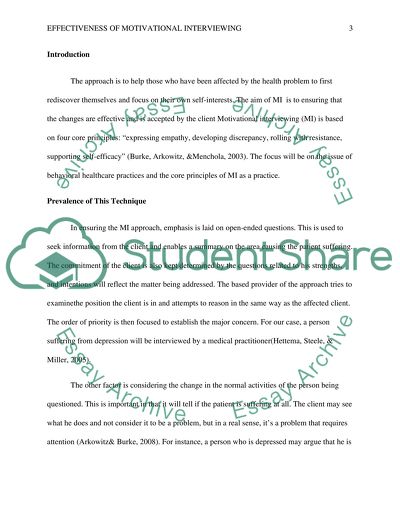Cite this document
(“Effectiveness of Motivational interviewing (evidence based-practice) Essay”, n.d.)
Retrieved from https://studentshare.org/psychology/1474098-effectiveness-of-motivational-interviewing
Retrieved from https://studentshare.org/psychology/1474098-effectiveness-of-motivational-interviewing
(Effectiveness of Motivational Interviewing (evidence Based-Practice) Essay)
https://studentshare.org/psychology/1474098-effectiveness-of-motivational-interviewing.
https://studentshare.org/psychology/1474098-effectiveness-of-motivational-interviewing.
“Effectiveness of Motivational Interviewing (evidence Based-Practice) Essay”, n.d. https://studentshare.org/psychology/1474098-effectiveness-of-motivational-interviewing.


